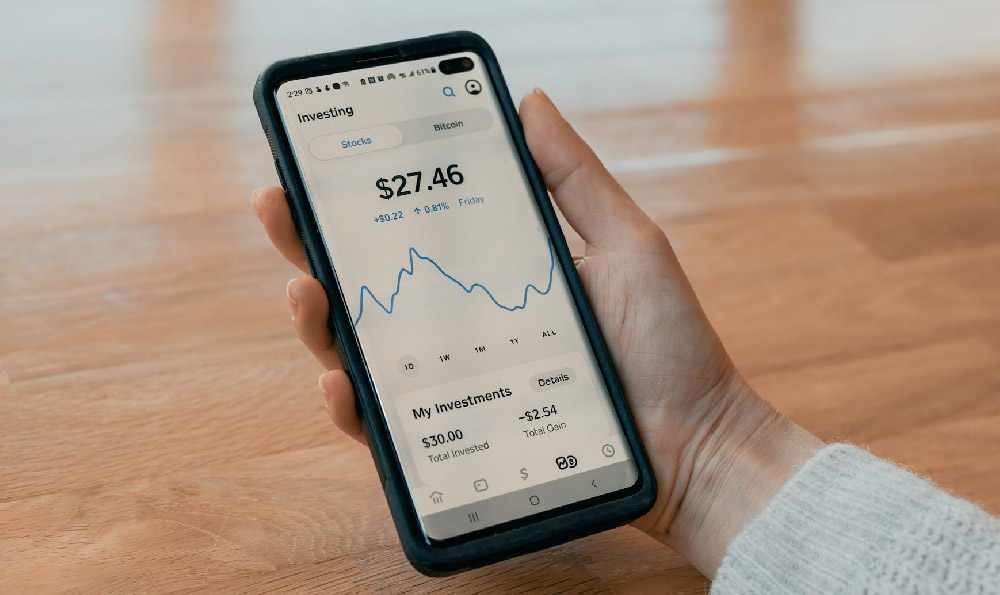Dating apps have become a significant force in the modern dating landscape, with millions of users worldwide navigating relationships through digital platforms. These applications are not merely tools for social connection; they are sophisticated business models designed to generate substantial revenue while delivering value to users. Understanding their monetization strategies is essential for investors seeking to evaluate the potential of such ventures, as well as for users interested in how their data and engagement influence the economic ecosystem. At the core of these platforms lies a delicate balance between fostering meaningful interactions and leveraging user activity to drive profitability.
One of the primary methods through which dating apps generate income is the subscription-based model, which has proven to be a resilient and scalable approach in the competitive digital market. While many apps offer free access to basic features, such as browsing profiles or sending messages, they often introduce premium subscriptions that unlock advanced functionalities. These could include unlimited messaging options, the ability to highlight one's profile with enhanced features, or access to exclusive events. The effectiveness of this model depends heavily on user willingness to pay for these perks, which in turn is influenced by the perceived value of the additional features. Companies like Tinder and Bumble have successfully implemented this strategy, allowing users to access certain premium options while maintaining a broad user base. The key to sustaining this model lies in continuously introducing innovative features that justify the cost, while also ensuring that the free tier remains attractive enough to retain users who might otherwise migrate to competing platforms.
Another critical aspect of monetization is the integration of targeted advertising, which enables dating apps to generate revenue without compromising the user experience. Unlike traditional advertising models, these platforms leverage personalized marketing strategies that align with user preferences and behaviors. For example, users who frequently engage with certain types of content may be shown targeted ads for products or services that resonate with their interests. This form of advertising is particularly effective because it maintains user engagement while providing a steady stream of income. However, the challenge lies in ensuring that ads are relevant and do not disrupt the core purpose of the application. The fine line between effective marketing and user annoyance must be carefully navigated to maintain trust and utility. Additionally, some apps have adopted innovative monetization tactics such as in-app purchases for virtual gifts or premium matchmaking services, creating a layered approach to generating revenue.

Data monetization has emerged as another powerful strategy for dating apps, allowing them to extract value from the vast amounts of user information they collect. This includes data on user preferences, interaction patterns, and even behavioral trends. By analyzing this data, companies can develop more accurate algorithms for pairing users, enhancing the overall effectiveness of their platform. Moreover, this data can be monetized by selling anonymized insights to third parties, such as market research firms or advertising agencies, who use it to better understand consumer behavior. The ethical implications of this practice are significant, as users may not always be aware of how their data is being utilized. Therefore, transparency and user consent are paramount in maintaining the platform's credibility and ensuring continued user engagement.
Beyond these strategies, dating apps often explore alternative revenue streams such as partnerships with other service providers, offering branding opportunities through in-app promotions, and even creating community-driven monetization models where users contribute to the platform's growth through referrals or participation in loyalty programs. Additionally, the integration of artificial intelligence and machine learning has allowed these platforms to optimize matching processes and enhance user experience, which in turn can lead to higher conversion rates for monetization initiatives. However, these innovations come with their own set of challenges, including the need for constant technological investment and the delicate balance between algorithmic efficiency and user autonomy.
In conclusion, the monetization of dating apps is a multifaceted process that involves a combination of subscription models, targeted advertising, data utilization, and strategic partnerships. Each approach has its unique advantages and challenges, requiring careful consideration of user preferences, technological capabilities, and ethical boundaries. For investors, understanding these dynamics is crucial, as it provides insight into the sustainability and growth potential of these platforms. Ultimately, the success of a dating app hinges on its ability to strike a balance between providing value to users and generating sufficient revenue to support continued development and innovation in a rapidly evolving market.












